Affiliate links on Android Authority may earn us a commission. Learn more.
Failure to launch: 6 devices we're still waiting for
Published onJuly 27, 2016
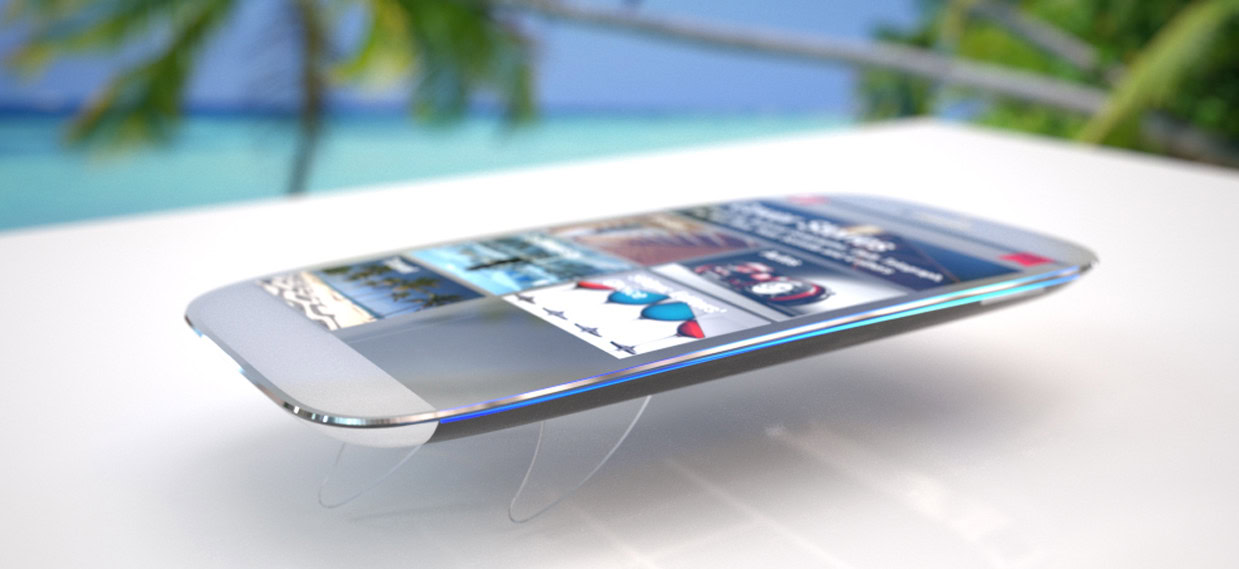
The crowdfunding revolution has brought a number of great new smart products into consumer hands, ranging from the Pebble smartwatch to the “cloud-first” Nextbit Robin smartphone and the mighty Oculus Rift. However, crowdfunding doesn’t always produce such pleasing results. Whether through simply being able to deliver all of the project’s promises to some outright scams, here’s a reminder of 6 crowdfunding projects that us gadget enthusiasts are still waiting for and what happened to them.
Saygus V2
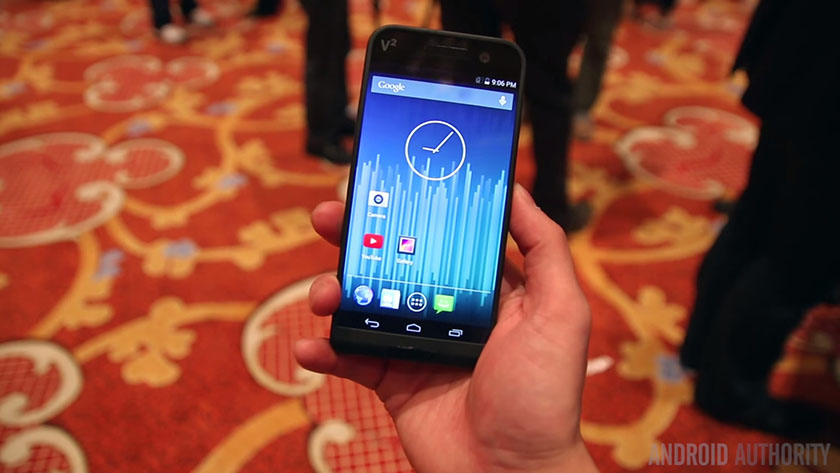
Saygus started out with a typical crowd pleasing campaign, promising a no-compromise smartphone with top of the line technology and features that were tough to find anywhere else. The company easily surpassed its funding goal for the Sagus V2 on July 25th 2015, reaching a grand total of $1,331,596. The Indiegogo campaign set the shipping date for Fall 2015, but clearly that date has long since sailed with no sign of the handset. After waiting so long, the phone’s Snapdragon 801 and 1080p display are starting to look a little dated for $650.
Apparently, Saygus has had numerous manufacturing issues with their ODMs, which has seen the release dates slip back from October to “Q1 2016,” to March and then May, and we’re still waiting. Communication from the company has been less than poor, so it’s not quite clear exactly why Saygus has had so much trouble with at least three Chinese manufacturers. At the last check-in, the company appeared to have only just finished work on its circuit boards, was still testing its software, and hadn’t even applied for FCC certification. It really doesn’t seem like they’re very far along with development at all.
Worryingly, Saygus has gone through very similar steps before. The company attempted to launch its original Saygus V Phone back in 2009, but appeared to abandon the project after messing around with its specifications for a while and then failing to bring in enough funding. For a closer look at the ongoing saga, check out our in depth article below.

Turing Phone
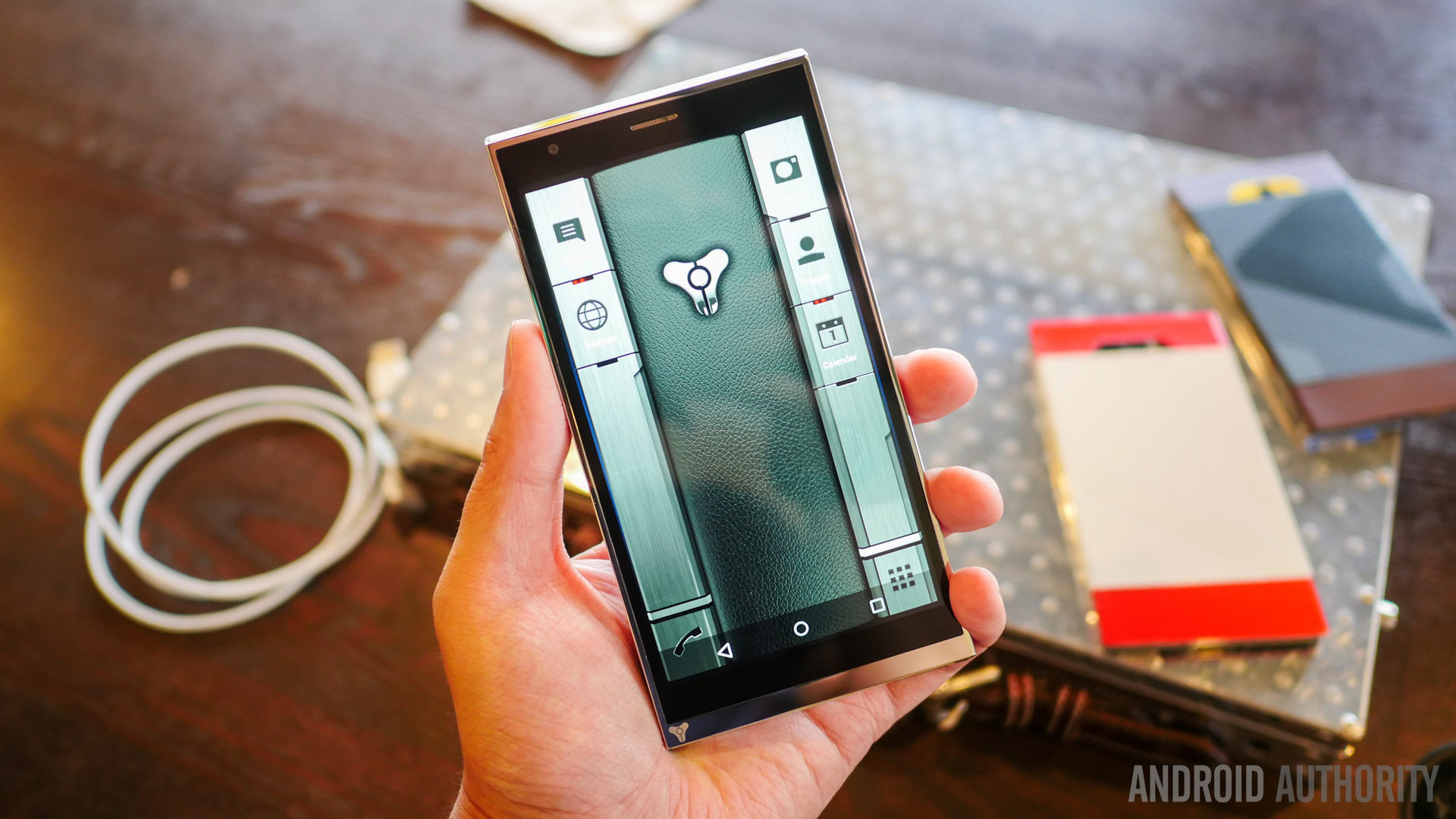
The Turing Phone was announced back in April 2015, but customers are still no closer to seeing one end up in their hands. Following delayed launch dates and worrying changes in development, it’s becoming increasingly tough to see the finish line for this once promising project.
The big allure of the Turing Phone was its end-to-end communication encryption, a selection of hardware and software security features, and a body constructed partially from liquid metal. Privacy was the name of the game and that quite reasonably saw the project generate quite a bit of attention. To fund development, Turing Robotic Industries offered up a limited pre-order period, where customers could pick their memory options with prices ranging from a not cheap $610 all the way up to $870. Over 10,000 people reserved the phone.
Originally, the handset has been planned for a December 2015 release, which was then pushed back to an April then May 2016 launch date, and the last communication stated that phones would arrive before the end of June. The Turing Phone has also dropped Android support this year in favour of Sailfish OS, which is being developed by ex-Nokia engineers over at Jolla, but it’s not really clear why.
What’s perhaps most worrying about Turing Robotic Industries is that we haven’t seen the phone in action again since its first showcase back in 2015. There aren’t even real world device photos up on the company’s website after all of this time. We’ll just have to hope that all the delays are worth it.
Buccaneer 3D printer
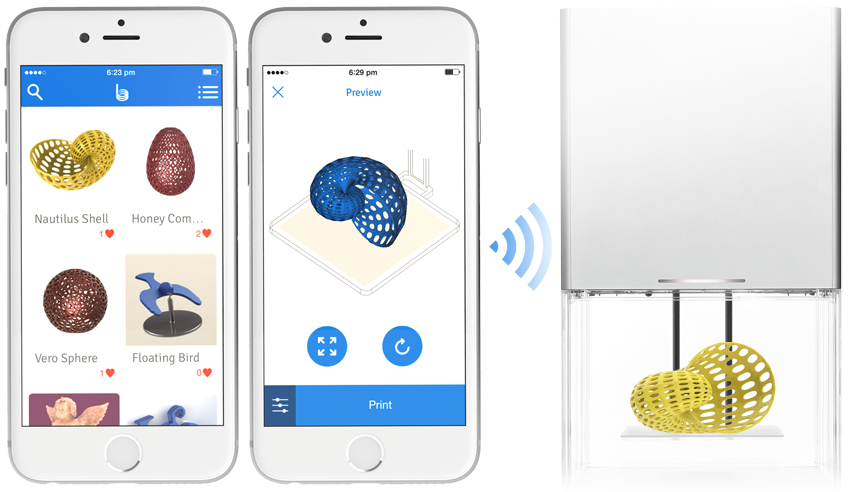
Stepping away from phones for a moment, some Kickstarter veterans may remember the Pirate3D Buccaneer 3D printer that raised just over $1.4 million from 3,520 backers in June 2013. The printer was available to pre-order for just $347, easily besting the competition for value.
Things started out rather well, the printer actually showed up in working prototype form and 200 of the products had actually shipped out by September 2014. However after a series of delays, some 60 percent of backers are still waiting for their printer, after the company promised far too much from its software ecosystem and overspent on hardware costs and development.
Apparently the company is looking to secure additional funding from other sources, but these investors are unlikely to want to take on existing crowdfunding obligations. The Buccaneer 3D printer may show up one day, but the original Kickstarter promise appears to be over.
Freedom 251
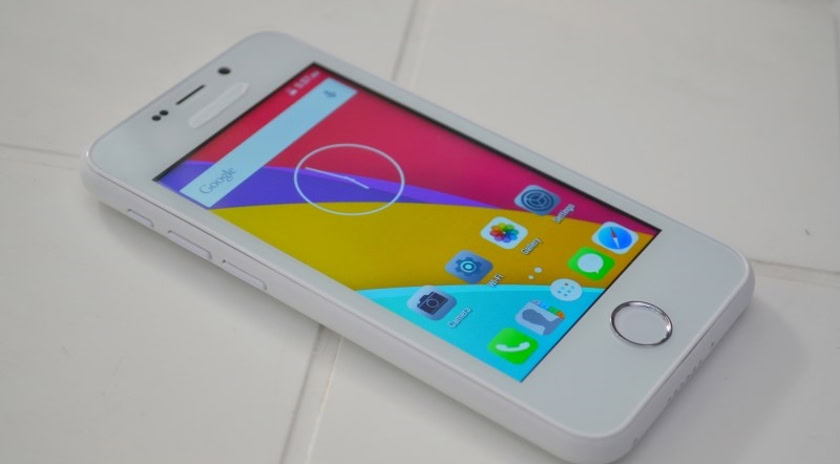
You’ve probably seen Ringing Bells’ Freedom 251, aka the $4 smartphone, doing rounds in the smartphone news this year, but right from the get go this one seemed like a shady operation. For starters, selling a smartphone for just $4 is downright unprofitable, then the first demo units were discovered to be nothing more than existing Adcom Inkon 4 models with white-out covering the brand.
These early hints didn’t stop 30,000 eager customers stumping up some cash for pre-orders. However, this money clearly didn’t help the company get on the way to shipping the 2.5 million phones that it pledged, as it has missed its end of June shipping date for the initial 30,000 backers.
The intention of providing ultra low cost smartphones to help bring new customers online is certainly a noble one, but lately the charade has been completely falling apart. The company claims to have shipped around 4,000 Freedom 251 phones so far, but it won’t be producing any more units unless the Indian government makes up the shortfall in its bill of materials, to the tune of Rs. 500 billion, or USD$7.4 billion. If that wasn’t cheeky enough, the company has already unveiled plans for 2 new smartphones, 4 new feature phones, and a 31.5-inch LED TV.
Perhaps this was all just a marketing gimmick to push Ringing Bells’ brand recognition, but I doubt they’ll quickly shake off this fiasco. Perhaps the warning signs were in the company name all along.
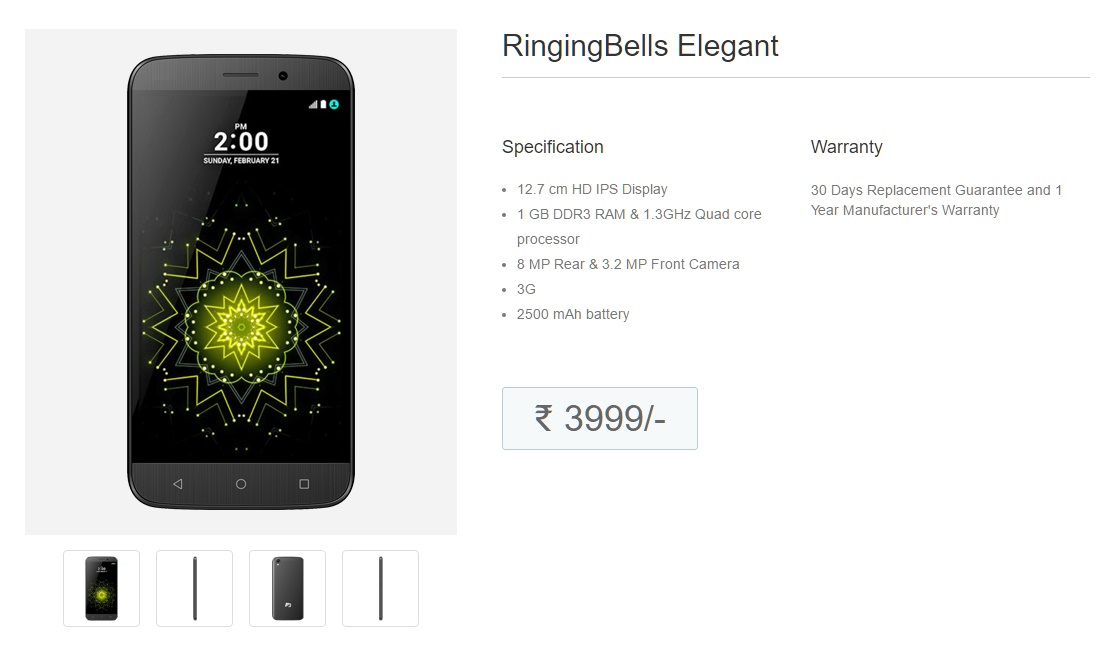
Comet Core

Speaking of more questionable crowdfunding campaigns, the buoyant Comet Core springs to mind. Promising water-resistance, some rather high-end specifications, and three pop-out fins to help it float or something, all for just $230. After drawing the wrong kind of attention over at Kickstarter, and bumping into “many restrictions and regulations”, it didn’t take the Comet Core long to reappear over at Indiegogo.
Funnily enough, the “world’s first floating smartphone” actually surpassed its funding goal, but under some rather suspect circumstances. Funding stalled at around just $30,000 until just days before the campaign looked set to fail, when suddenly a large number of new backers appeared with nothing but praise for the phone to push it past its $100,000 goal. Typically crowdfunding campaigns start strong and slow towards the end, so this was also rather odd.
As you might have guessed by now, we’re still yet to see any actual pictures or demonstrations of this miraculous floating smartphone, other than some carefully scripted videos of a “prototype” that basically looks like a phone enclosed in a buoyant case. The engineers don’t appear to have worked out how to implement the fins either.
Unsurprisingly, the promised April 2016 shipping deadline has passed with only piecemeal communications being offered to backers. Apparently, production only started sometime in the past two months, and shipping is now scheduled for mid-July. Refunds have been promised if the device misses its shipping date again, but I wouldn’t hold my breath.
CST-01
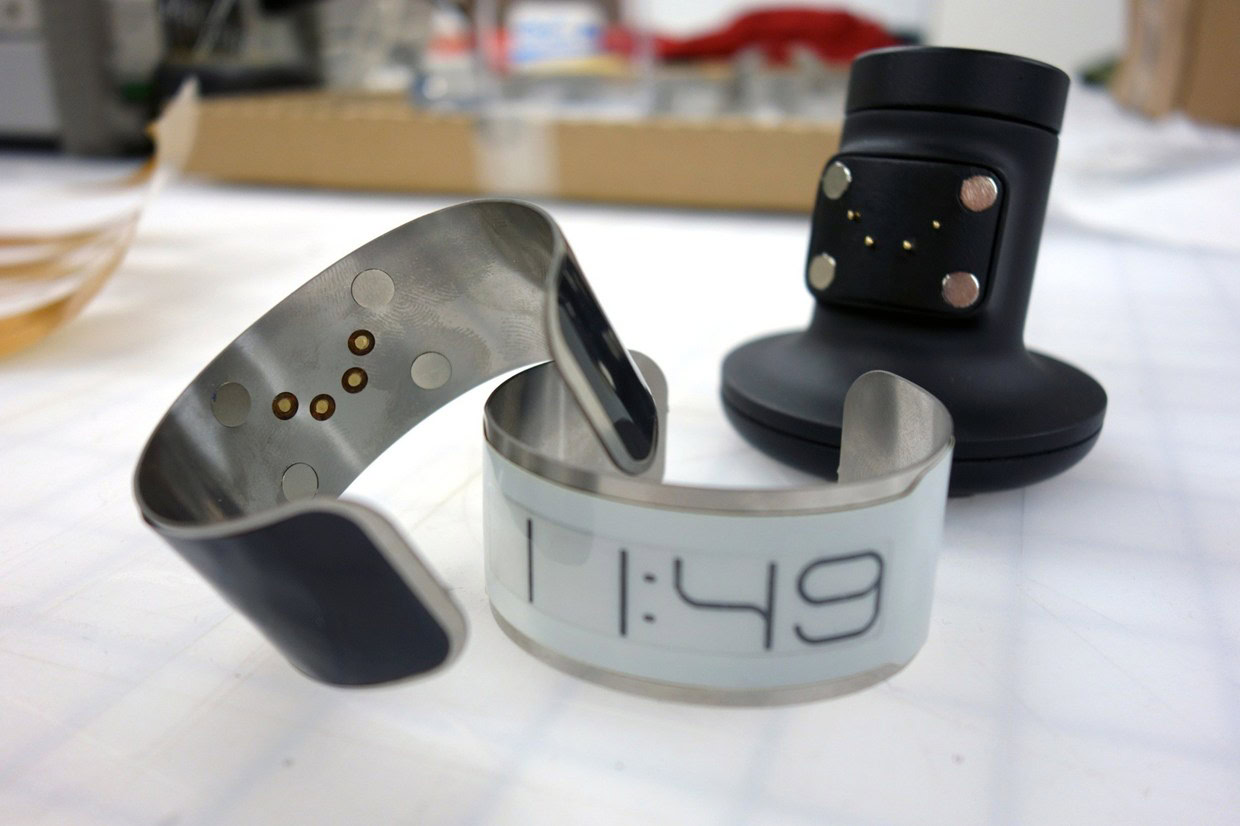
While many of these projects are quite recent, the mess that Central Standard Timing’s CST-01 managed to get itself into is one of the longest running crowdfunding failures. The CST-01 was supposed to bring backers the “world’s thinnest watch” at just 0.8mm thick, and boasting a flexible digital display. The campaign originally began back in January 2013, and shortly after some 7,600 backers poured just over $1 million into the Kickstarter project.
From here on out the story is all too familiar, with Central Standard Timing repeatedly missing shipping dates, providing odd sounding excuses, and disappearing for long periods without any communications to supporters. Finally, in February the company claimed it was shipping out its first batch of products, and even showed off some pictures of the factory line. However, customers didn’t appear to be receiving their items.
A couple of months of silence later came reports of slower production numbers and then the apparent request of an extra $1.2 million from the manufacturer to fulfil orders in May 2015. It wasn’t until the summer of 2015 that the project finally appeared to be shelved, and the company issued a statement to backers explaining some of the likely next courses of action.
Unfortunately, there’s now no prospect of customers getting their hands on the watch or their money back, as the company has filed for liquidation. Bankruptcy paperwork published exclusively for backers in May 2016 apparently shows that the company only has assets worth some $30,000, meaning that almost $1 million has vanished without any products to show for it.
The whole saga has dragged on for more than three years now, and serves as the perfect example of the risks of crowdfunding.
[related_videos align=”center” type=”custom” videos=”700915,692715,686486″]
This list barely scrapes the surface of failed crowdfunded projects over the years, some of which were undoubtedly scams, but many others that failed because of mismanagement, over promising, and a lack of industry experience. Of course, there are plenty of successfully funded and shipped projects out there too, only 1 in 10 fails to deliver. Just remember that there are some risks when funding vaporware.
If this article hasn’t put you off the idea of funding some projects, be sure to check out our weekly list of interesting Kickstarter campaigns.